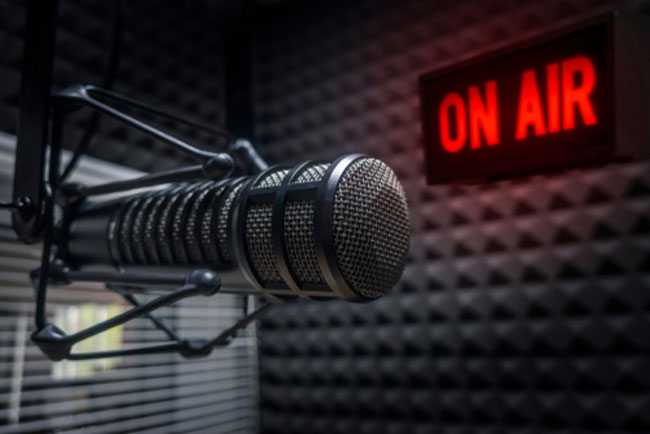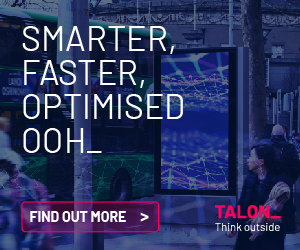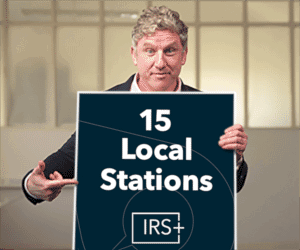The Irish radio advertising market continued to enjoy revenue growth in the first half of 2023 with total spend increasing by 3% to €76.5m according to figures published by Radiocentre Ireland.
According to the figures, the first quarter of 2023 performed better with total spend up by around 6% for the first three months of the year. In the second quarter, however, the market was a little more challenging with revenue flat for the period.
According to Radiocentre Ireland, the €76.5 million revenue was made up of €59.6m in spot advertising, a 1% increase on the same period last year. Branded content, including sponsorships, content solutions and partnerships, rose by 5% to €13.6 million while digital audio revenues for the period amounted to €3.3m, an increase of 40%. However, this figure does not include revenues generated in the Irish market by global audio players like Spotify, Acast, Soundcloud.
The Radiocentre Ireland figures also show that the largest category spender on radio during the first six months was the retail sector followed by finance, government spending and the motoring with the latter in particular up 28% on 2022. Other sectors that reported strong growth included pharmaceuticals (+18%), travel and transport (+17%) and B2B (+11%).
“It is great to see further growth in radio revenue following on from such strong revenue growth in 2022,” says Ciaran Cunningham, CEO of Radiocentre Ireland.
“The JNLR listenership data confirms that radio enjoys huge audience numbers with 91% of Irish adults and 87% of 15-34-year-olds listening to radio every week,” he adds.
“Radio also delivers for advertisers according to recent research published by dentsu U.S. in partnership with Lumen Research, which measured attention to various audio formats. The research revealed that radio drove higher attentive seconds per thousand impressions compared to other digital, social and TV benchmarks,” Cunningham says.

The research, which focused on the US market, measured attention in various audio formats and environments across three unique studies in podcasts, radio and music streaming and represented an expansion of dentsu’s existing Attention Economy research series into audio advertising for the first time.
The podcast study was conducted with participating partners Audacy, Cumulus Media, iHeartMedia, Spotify and SXM Media. The radio study was conducted with Audacy, Cumulus Media and iHeartMedia. Separately, Amazon Ads conducted a study with Amazon Music for advertising on the music streaming service.
The studies found that audio advertising (including podcasts, radio and music streaming) drove significant attention compared to other ad platforms. Some of the key findings include:
- Average attentive seconds per (000) APM for audio advertising was 10,126 compared to dentsu norms of 6,501 APM
- On average, 41% of audio ads generated correct brand recall (vs. 38% of dentsu norms)
- Brand choice uplift for audio ads was 10% (vs. 6% for dentsu norms)
The studies also found that each audio destination has its own unique strength in driving attention and brand impact.
- Podcasts drove the highest attentive seconds per thousand impressions compared to other digital, social and TV benchmarks. In addition, the study found that brand choice uplift was higher for host reads compared to traditional audio ads within podcasts.
- Radio also drove higher attentive seconds per thousand impressions compared to other digital, social and TV benchmarks. The studies found that radio shined as the most efficient of the audio formats studied, proving to be 10 times more efficient when compared to the average online video ads measured through dentsu’s Attention Economy.
- Music Streaming (measured on Amazon Music across voice with Alexa and on mobile or desktop) drove key branding metrics. Brand recall was highest for ad supported streaming music played on Alexa-enabled devices and drove even higher brand choice uplift for :30 ads compared to those same ads listened to through a desktop/mobile device.






















